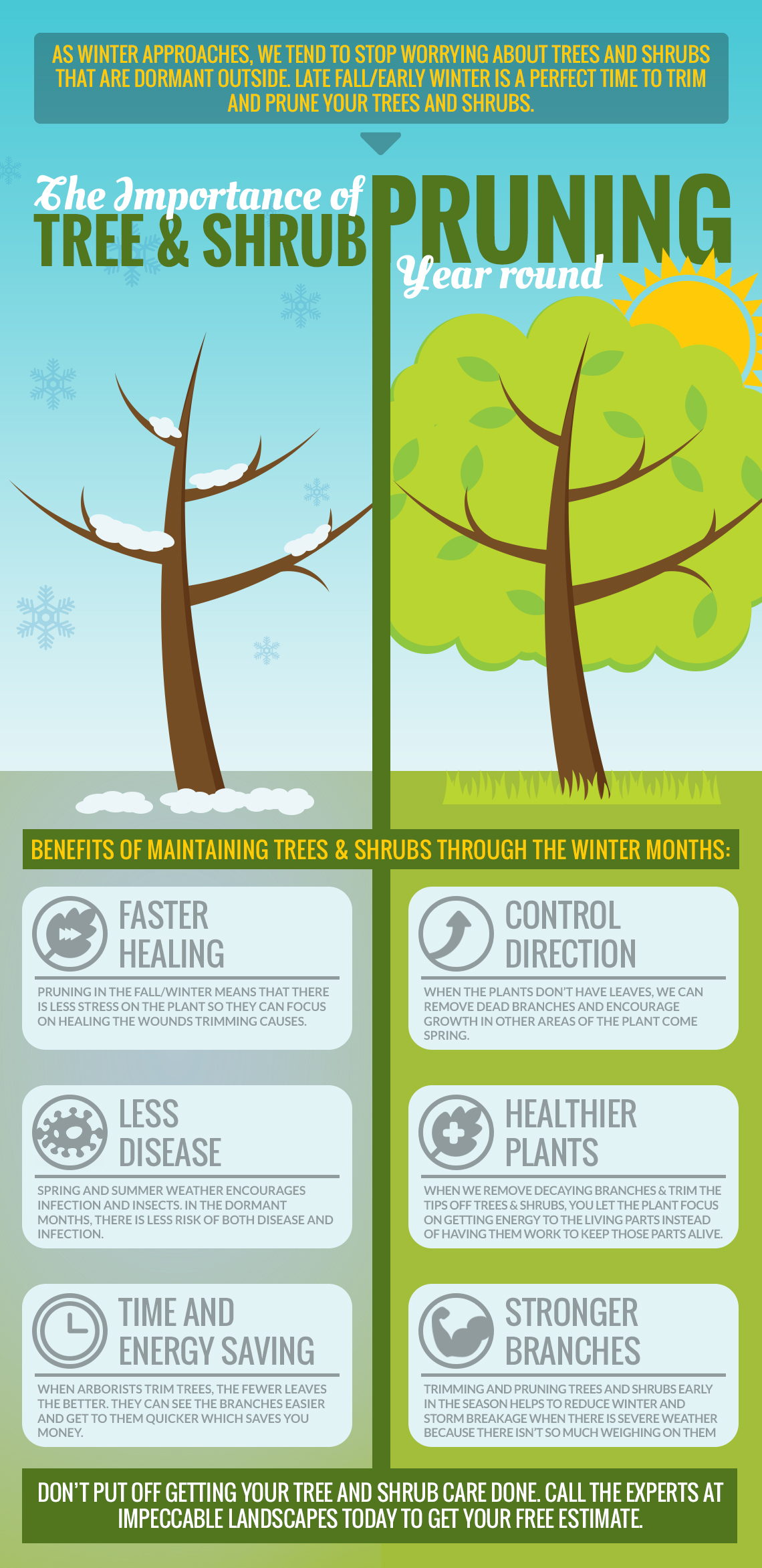Assessing Tree Wellness: Guidelines For Picking Tree Elimination
Assessing Tree Wellness: Guidelines For Picking Tree Elimination
Blog Article
Content Written By-Bailey Stryhn
If you've ever before questioned the destiny of the trees on your home, recognizing when it's time for elimination is essential. Yet just how do you determine if a tree can be conserved or if elimination is the only choice? By trying to find particular indicators and assessing safety and security dangers, you can make enlightened choices that benefit both your landscape and your surroundings. Allow's discover the crucial variables that enter play when choosing the destiny of a tree and how you can guarantee the best end result for your green buddies.
Indicators of Tree Decrease
If you see any one of the complying with indications of tree decrease in your yard, it may be time to take into consideration tree removal.
One common sign is dead or rotting branches, which can indicate underlying issues influencing the tree's health. Look out for blemished or wilted leaves that persist despite having proper treatment, as this could be a sign of condition or parasites.
One more warning signal is excessive leaning or a visible change in the tree's base, which may suggest origin problems or structural instability. Keep an eye out for fungal development on the trunk or roots, as this can show rot and compromise the tree's stability.
Furthermore, if you observe huge fractures in the trunk or significant limbs, it's important to attend to these concerns immediately to prevent prospective hazards. Attending to these indicators of tree decline quickly can aid preserve the safety and security and looks of your yard environment.
Safety Problems
To ensure the health of your residential property and those around you, focusing on safety and security concerns related to trees is vital. Trees can position different safety and security threats if not correctly maintained. Dead or rotting branches may fall all of a sudden, threatening people or destructive structures.
Leaning trees can also be dangerous, specifically if they're leaning in the direction of a building or high-voltage line. Additionally, trees with considerable root systems near structures or below ground utilities can cause considerable damages gradually.
Free Tree Removal to on a regular basis inspect your trees for any indications of prospective threat. Look out for cracks in the trunk, huge dental caries, or indicators of illness and decay. If you see any of these problems, it's ideal to speak with a professional arborist to analyze the scenario and figure out the required strategy.
Taking proactive steps to deal with safety concerns without delay can protect against mishaps and home damage in the future. Bear in mind, the safety of your home and those around you should always be the leading concern when it involves tree maintenance.
Consulting an Arborist
When thinking about the health and wellness of your trees, seeking advice from an arborist is a vital step. Arborists are educated experts that specialize in the care and maintenance of trees. https://loveland-diving-and-under19865.blogsidea.com/39410800/understanding-the-significance-of-getting-rid-of-tree-stumps-and-the-most-effective-strategies-to-implement-the-task can examine the overall wellness of your trees, recognize any concerns such as illness or architectural problems, and give expert recommendations on the most effective strategy.
By speaking with an arborist, you can obtain useful understandings right into the condition of your trees and figure out whether elimination is essential. Arborists have the knowledge and experience to review the threats associated with keeping a tree versus removing it. They can additionally provide assistance on alternate options, such as pruning, cabling, or bracing, to help preserve the tree whenever possible.
Furthermore, arborists can assist you browse any regional regulations or allows that might be needed for tree elimination. Their competence can make sure that the process is accomplished safely and in conformity with any relevant legislations.
Verdict
In conclusion, when determining whether trees can be conserved or if removal is required, it is essential to consider indications of decrease and safety concerns. Consulting an arborist for a thorough evaluation is vital in making the most effective choice for the tree's health and wellness and prospective risks. Remember, positive treatment and prompt action can aid protect trees and protect against crashes.
